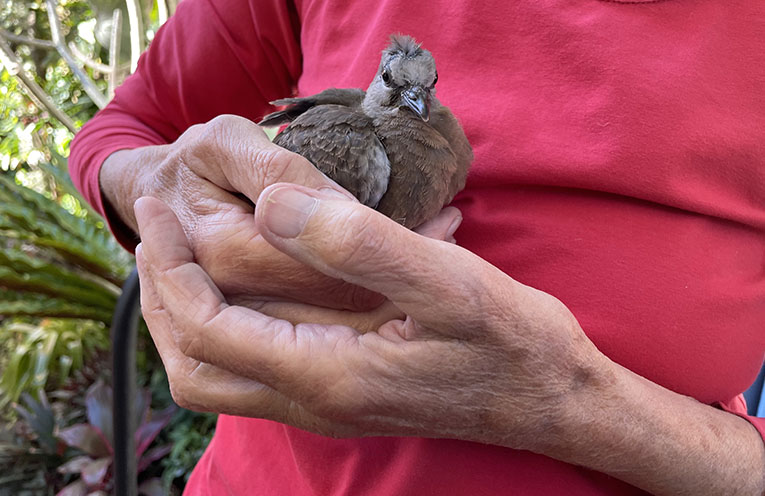
MANY Coffs Coast people have contacted the NSW Wildlife Information, Rescue and Education Service (WIRES) at some time to report an injured or out-of-place native animal.
While there are many wonderful people who devote their time to rescuing and caring for native wildlife, according to Gloeta Massie, a doctoral candidate at the University of Queensland, there is no overall data about who these people are.
 Advertise with News of The Area today.
Advertise with News of The Area today.It’s worth it for your business.
Message us.
Phone us – (02) 4981 8882.
Email us – media@newsofthearea.com.au
Ms Massie has developed a survey to find out if there is a particular demographic for wildlife rescuers and carers as well as to understand people’s views on wildlife rescue and care.
For example, she wants to understand what people view as rescue and if there are some species that people would not rescue.
Ms Massie is also very interested in any effect on an animal’s survival between the time taken from rescue and going into professional/trained care.
She wants a random sample of people from all over Australia, particularly men, to respond to build a picture of national attitudes to wildlife care and rescue.
Ms Massie told News Of The Area, “I believe that even if people don’t rescue wildlife there is still an unwritten social contract about it.”
By this, she means that almost everyone understands that it is a ‘good thing’ to do.
According to Ms Massie, since 2012 there has been an increase in wildlife being rescued and taken into care.
Wildlife rescue is privately funded, with private citizens putting their time and money into helping and vets caring for rescued animals without charge.
Her survey is part of a larger research project to gather information that can be widely shared.
For example, if the RSPCA wanted to target wildlife rescuers with an ad campaign then it would be useful to know if the majority were pensioners or millennials.
Diana Deeley is a trained WIRES rescuer and avian carer.
She said, “It is wonderful how caring some people are when they find an injured animal.”
Ms Massie wonders about what effects being put in a box might have on native animals, but Ms Deeley says that the first ‘rule’ of care is “warm, dark and quiet”, especially when dealing with birds.
She said that it seems to be more stressful for birds to be in a cage and see the outside world.
She also pointed out that, as seen with koalas in the bushfires, animals often seem to understand that humans are trying to help them.
However, many rescues do not end well.
Ms Deeley said, “People have the best intentions when they bring in a bird or animal, but, sometimes, if the creature is too badly injured or if it is an introduced species, it has to be euthanised.”
Ms Massie hopes that her survey will contribute to a better understanding of what can be done to improve the survival rates of rescued native animals.
The survey is completely anonymous and can be accessed at https://uniofqueensland.syd1.qualtrics.com/jfe/form/SV_4HnGwY6BbIVB9nE.
By Andrew VIVIAN
